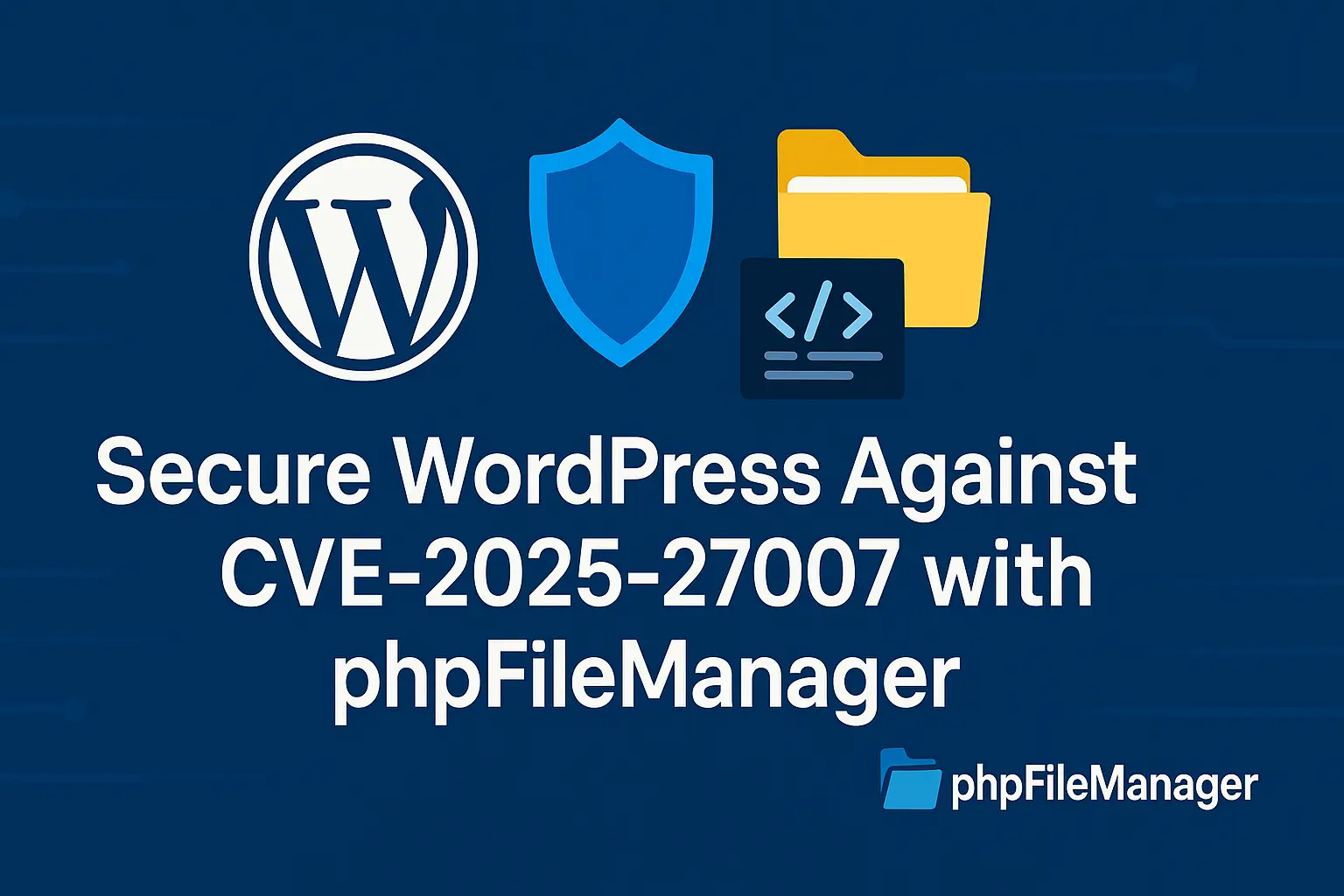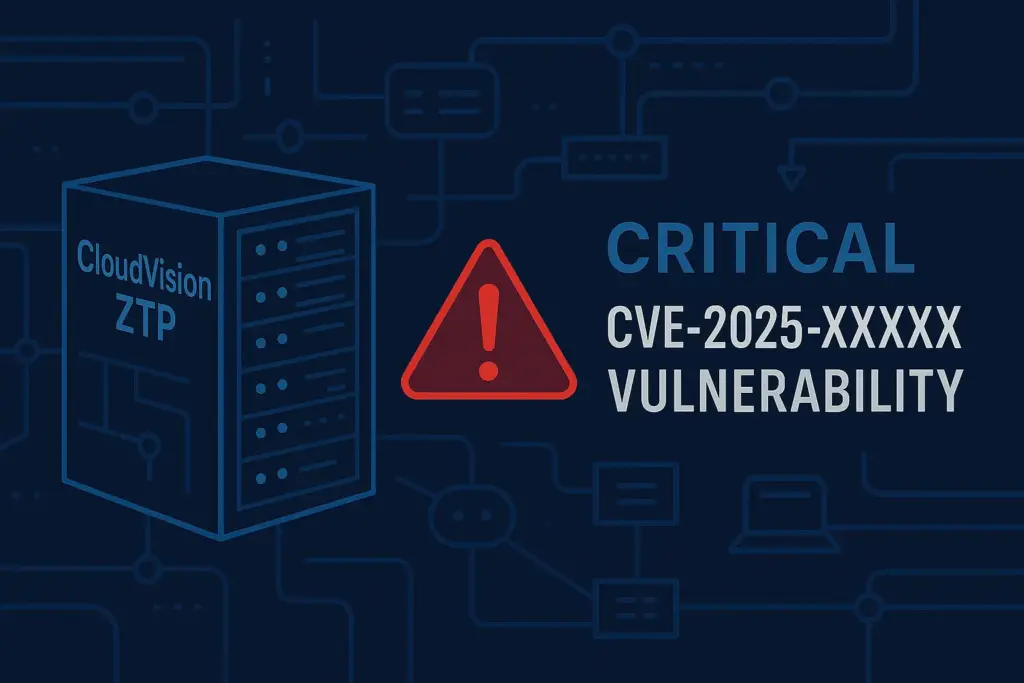WordPress sites running the OttoKit plugin (over 100,000 active installs) were recently hit by a critical privilege-escalation vulnerability (CVE-2025-27007). Attackers could bypass authentication on the plugin’s REST endpoint and immediately gain administrator access—potentially injecting backdoors, creating rogue admin accounts, or executing arbitrary code.
In this guide, you’ll learn why this flaw is so dangerous and how you can leverage phpFileManager on your own server to inspect, patch, and continuously monitor vulnerable plugin files without touching any PHP or shell commands.
1. Understanding CVE-2025-27007
- What went wrong? A logic error in OttoKit’s
/wp-json/sure-triggers/v1/connection/create-wp-connectionendpoint allowed requests without proper token validation. - Exploit timeline: Researchers spotted active attacks within an hour of public disclosure.
- Scope: Any site with OttoKit versions prior to 1.0.83 is at risk of full takeover—no premium access or extra privileges needed.
2. Why Manual File Inspection Matters
Automatic updates are your first line of defense, but sometimes:
- Plugin upgrades fail or get rolled back by other tools.
- You need to verify that the shipped patch actually modified the right lines.
- You want to maintain an audit trail of every change for compliance or debugging.
With phpFileManager, you gain a web-based file browser, editor, and change-history tracker—so you can spot suspicious modifications or quickly roll back to a known safe state.
3. Auditing the OttoKit Plugin Directory
Using phpFileManager, you can:
- Navigate to
wp-content/plugins/otto-kit/in a collapsible directory tree. - Preview key files like the connection-handler script to confirm that the token check has been inserted. Look for comments or date stamps in the patched version.
- Search across all plugin files for keywords such as “create-wp-connection” or “REST_Controller” to ensure no rogue copies remain elsewhere.
4. Patching and Rolling Back
If you discover an unpatched or partially patched file:
- Backup the original right from the phpFileManager interface before editing.
- Apply the patch by copying in the fixed logic snippet provided by the plugin maintainer.
- Save with version comments (for example, “Patched CVE-2025-27007 on 2025-05-07”).
- Test immediately by attempting to call the endpoint with and without valid credentials to confirm the fix.
All edits and backups live alongside your plugin, giving you an instant rollback if something goes wrong.
5. Continuous Monitoring and Alerts
Prevention isn’t enough—attackers love to slip back in. Use phpFileManager’s built-in file-change watcher:
- Enable real-time alerts on any change under
otto-kit/. - Receive email or dashboard notifications whenever a PHP file is modified, renamed, or deleted.
- Review diffs right in your browser and approve or revert with one click.
This way, if a malicious actor replaces your patched file with a vulnerable version, you’ll know within seconds.
Phpfilemanager.com Says;
CVE-2025-27007 underscored how even small REST-API mistakes can compromise thousands of sites. By combining prompt plugin updates with hands-on auditing and monitoring via phpFileManager, you’ll gain both speed and confidence in your WordPress security posture. Visit phpFileManager today to set up your file-management dashboard, then follow these steps to lock down OttoKit—and any other sensitive plugin on your server—once and for all.


